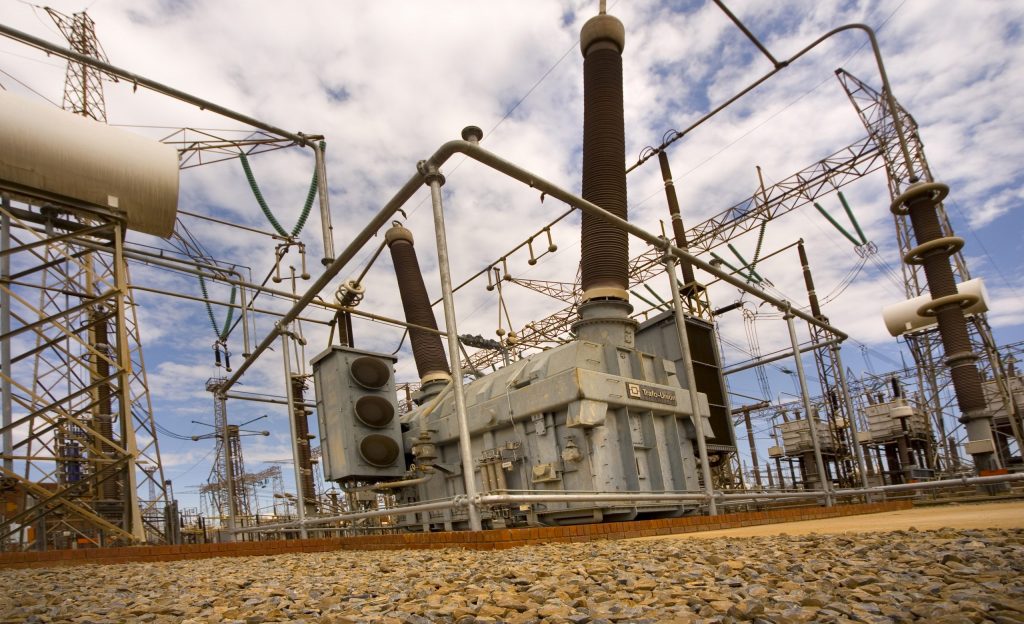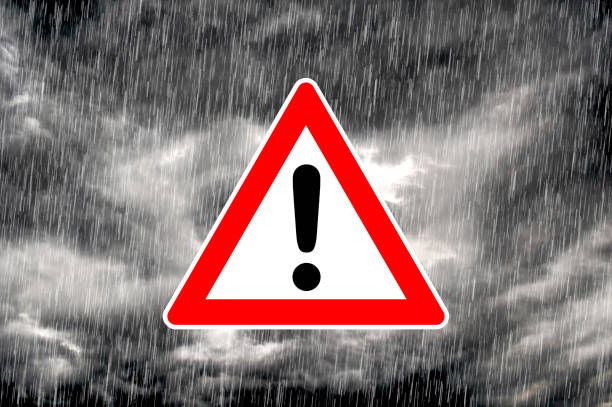Introduction
Eskom, South Africa’s primary electricity provider, has long been criticized for its frequent tariff hikes. These increases have placed a heavy financial burden on both businesses and households, contributing to the growing economic pressures in the country. However, a recent High Court ruling has brought a crucial change to the way Eskom can implement future tariff hikes. This decision demands greater transparency and accountability, a move many hope will ease the financial strain on consumers. In this article, we discuss 8 important takeaways from the recent ruling regarding Eskom tariff increases and what it means for the future.
Eskom Tariffs: An Ongoing Issue for South African Consumers
For many years, Eskom’s tariff hikes have been a source of major concern for South African consumers. As the cost of electricity continues to rise, many households have found it increasingly difficult to keep up with their monthly bills. This issue has been exacerbated by regular rolling blackouts, which have left many South Africans questioning the value they are receiving for their money.
Eskom justifies the increases by citing the need to maintain and upgrade infrastructure, manage debt, and transition to renewable energy. However, the lack of transparency surrounding these increases has fueled frustration and calls for reform. The court ruling is a significant development in this ongoing issue, offering hope for a more transparent and equitable approach to tariff setting.
The Impact of the Court Ruling on Eskom Tariffs
The High Court ruling on Eskom tariffs has far-reaching implications. The court decision mandates that Eskom must provide full transparency when implementing tariff hikes in the future. Specifically, Eskom is now required to justify its pricing adjustments with clear, understandable reasons. This ruling aims to prevent arbitrary price increases and ensure that the public is well-informed about how electricity prices are determined.
For consumers, this ruling offers much-needed clarity. No longer will Eskom be able to make price adjustments without offering a detailed breakdown of the costs involved. This increased transparency could help restore trust between Eskom and the public, which has been eroded by years of rising electricity costs.
Why Eskom Tariffs Are So Important for South African Households
Electricity is a fundamental utility that South African households rely on every day. As such, any increase in the cost of electricity can have a significant impact on household budgets. Eskom’s tariff hikes have been especially hard on low- and middle-income families, who already struggle with high living costs and limited disposable income.
The increased financial burden from higher electricity prices forces families to make difficult choices. Many households have had to cut back on other essentials like food, healthcare, and education just to afford their electricity bills. The court ruling, by forcing greater transparency, could help ease this burden by ensuring that price hikes are justified and more predictable.
The Role of Transparency in Eskom’s Future Tariff Adjustments
One of the key aspects of the court ruling is the requirement for transparency. Eskom has often been criticized for the opacity of its tariff-setting process, with many consumers feeling left in the dark about the reasons behind price increases. The court ruling changes this by requiring Eskom to disclose detailed information about how and why electricity prices are raised.
For the public, this new transparency means that future price increases will no longer come as a surprise. Instead, consumers will have a clear understanding of the factors influencing Eskom’s pricing decisions. This could lead to more informed discussions and a greater sense of accountability on the part of Eskom.
How Eskom Tariffs Impact Businesses and Economic Growth
While the impact of Eskom tariffs on households is widely recognized, the effects on businesses are also significant. As energy costs rise, businesses face higher operational expenses, which can lead to increased prices for goods and services. This, in turn, impacts consumer spending and slows down economic growth.
For businesses that rely heavily on electricity, such as manufacturers and service providers, rising Eskom tariffs can lead to reduced profitability. Higher operational costs may also reduce the competitiveness of South African businesses in the global market. The court ruling could help mitigate these effects by making future tariff adjustments more predictable and manageable for businesses.
The Potential for Renewable Energy to Offset Eskom Tariff Hikes
In the long run, South Africa’s reliance on renewable energy could play a key role in stabilizing Eskom tariffs. With the country experiencing rising energy costs and frequent power shortages, many believe that investing in renewable energy is essential for reducing Eskom’s dependence on coal and other expensive energy sources.
By diversifying its energy mix to include more solar, wind, and hydroelectric power, Eskom could reduce its operational costs over time. This could help lower electricity prices, as renewable energy sources generally have lower running costs compared to coal-powered plants. The court ruling, which encourages more transparency, could push Eskom to explore renewable energy solutions more actively, potentially reducing future tariff hikes.
The Long-Term Impact of the Eskom Tariff Ruling on Consumers
The long-term impact of the Eskom tariff ruling could be significant for South African consumers. By ensuring that future tariff increases are clearly justified, the court decision may help ease the financial strain many households experience. Consumers will be better informed about why prices are rising and will be able to prepare for increases in advance.
Additionally, the ruling may encourage Eskom to adopt more efficient and cost-effective practices, which could help mitigate the need for frequent tariff hikes. Over time, these changes could lead to a more stable electricity pricing environment that benefits both consumers and businesses.
What’s Next for Eskom Tariffs and South Africa’s Energy Future?
While the court ruling provides relief for consumers in the short term, the future of Eskom tariffs remains uncertain. Eskom continues to face significant financial challenges, and electricity prices are likely to remain a contentious issue. However, the ruling provides a foundation for greater transparency and accountability in the tariff-setting process.
In the coming years, Eskom will need to find innovative solutions to its financial difficulties, such as increasing efficiency, reducing waste, and investing in renewable energy. By doing so, Eskom can reduce its reliance on tariff hikes to fund its operations, creating a more sustainable energy future for South Africa.
FAQs
Q1: How will the Eskom tariff ruling affect electricity prices?
The ruling requires Eskom to provide clear justifications for future tariff hikes, which may lead to slower or more manageable price increases in the future.
Q2: Does the court ruling eliminate Eskom tariff hikes?
No, the ruling does not prevent Eskom from raising tariffs, but it mandates that any increases must be transparent and well-justified, providing consumers with more predictability.
Q3: How will the ruling benefit businesses in South Africa?
The ruling will make future Eskom tariff increases more predictable, helping businesses plan their budgets more effectively and reducing the financial burden of rising electricity costs.
Conclusion
The recent Eskom tariff ruling is a critical development that promises to improve the way electricity prices are set in South Africa. By requiring more transparency in Eskom’s pricing decisions, the ruling ensures that future tariff increases are justified and easier to understand. This could provide significant relief for consumers and businesses, promoting greater financial stability and paving the way for a more sustainable energy future in South Africa.




